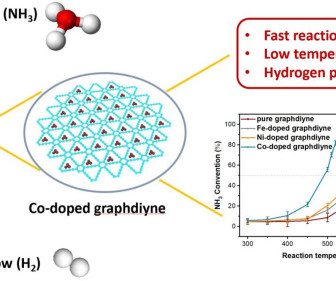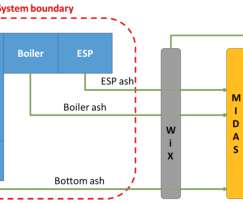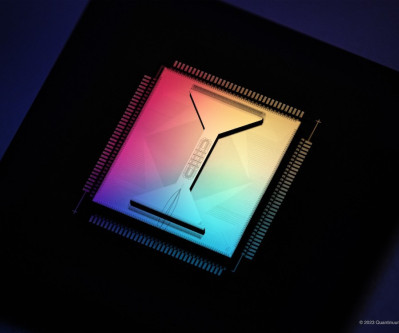Cobalt-doped graphdiyne catalyst for catalytically decomposing ammonia to hydrogen
Green Car Congress
AUGUST 6, 2023
In a paper in the journal Fuel , the researchers report that the Co-doped graphdiyne catalyst achieved nearly complete decomposition of ammonia at 550 ˚C, and the conversion rate remained stable over 18 h of continuous reaction. Graphdiyne (GDY) is a new two-dimensional (2D) carbon allotrope, similar to graphene.





























Let's personalize your content